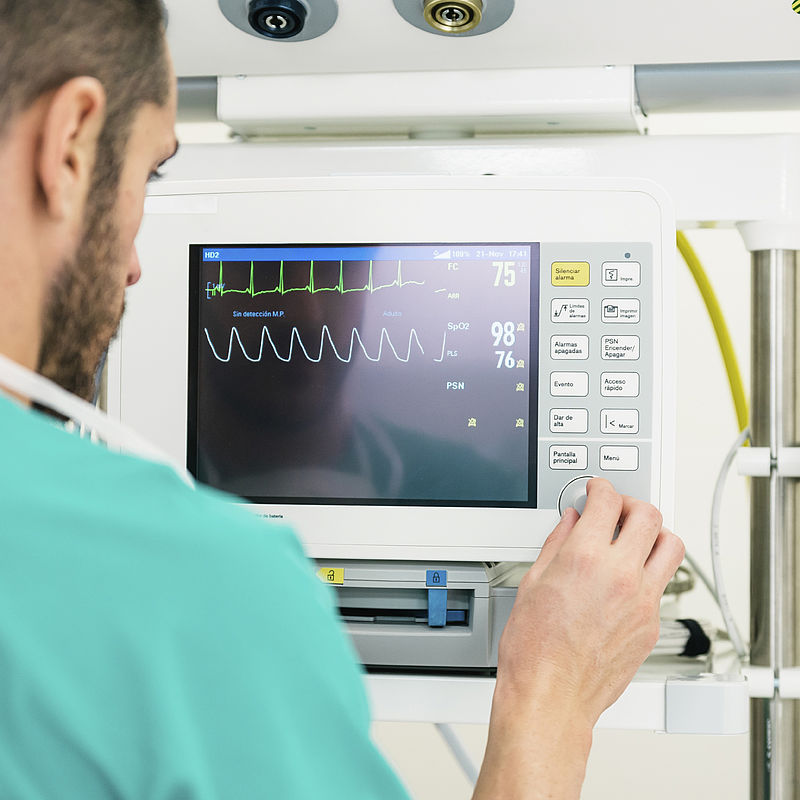
Enabling a quantitative approach to cardiovascular disease diagnostics
Challenge
Over a third of all deaths in the EU are caused by disorders of the heart or blood vessels collectively described as cardiovascular disease (CVD), making it the leading cause of mortality. As well as the significant social toll, CVD is also estimated to cost the EU economy around €210 billion a year. The current ‘gold standard’ method to diagnose CVD, and hence direct appropriate treatment, is through measuring the blood flow or ‘perfusion’ in affected organs and tissue using Positron Emission Tomography (PET). In this technique a radionuclide is injected into a patient and the perfusion monitored using a PET scanner. From this scan, an image or cardiac perfusion map is derived which is used to make clinical decisions. The assessment of PET perfusion is usually performed quantitatively using specific cut-off thresholds by visual inspection or by describing the image intensity, however the measurement uncertainties affecting the perfusion values are not taken into account in the interpretation of the perfusion images. The expertise of the clinicians interpreting image maps can also add an additional source of error. This can lead to significant variation in results using the imaging technique applied at different centres or between this and alternative imaging techniques. In clinical practice, these factors can lead to false diagnoses, patient distress and unnecessary treatments.
Solution
During the EMPIR project PerfusImaging the UK’s National Metrology Institute, NPL, and Finland’s Turku PET National Research Institute, TPC, examined methods for PET image quantification. To identify the most influential parameters in the perfusion quantification pipeline, a sensitivity analysis was performed and a first ever calibration standard for PET scanners was developed. Furthermore, analysis was performed on around 130 clinical PET scans from patients at TPC.
This resulted in the development of a risk-based decision-making framework, incorporating uncertainty information which allows less experienced clinicians to make better decisions regarding patient health, improving the diagnosis of CVD from PET images.
Impact
TPC is responsible for training medical experts and performs around 3500 PET studies per year in clinical and research imaging for cardiology, oncology, and other clinical areas. As well as patient images TPC brought a clinical perspective and expert experience in perfusion map analysis to the project. In return TPC is now able to model the factors that can affect scan results and assign uncertainties to them. The institute is now developing the method as an add-on to its Carimas image processing software in the follow-on EMPIR project TracPETperf with NPL. When completed this software will analyse PET perfusion images and display measurement uncertainties as an interpretable and actionable visual map in addition to the perfusion values. Not only will this allow less experienced clinicians to make better decisions regarding patient health, but it can also be used as a screening tool to ensure the most severe cases are prioritised and increase confidence in clinical reading with borderline cases. Once validated the add-on will also be offered to manufacturers using proprietary software. The outcomes developed in the project will enable more reliable diagnoses of perfusion issues, allowing clinicians to provide personalised and timely patient treatments for improved survivability and quality of life.
- Category
- EMPIR,
- Health,
- EMN Traceability in Laboratory Medicine,
